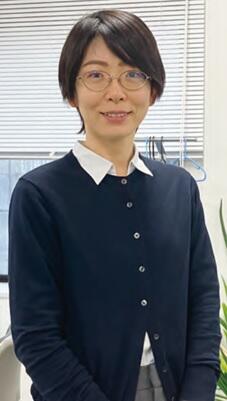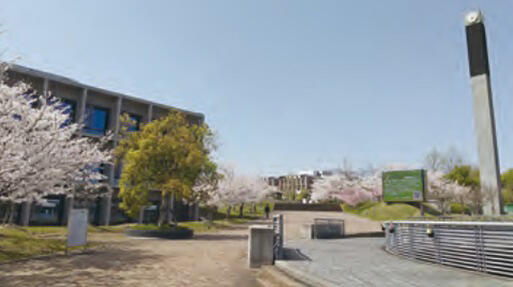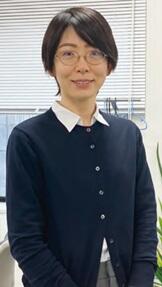
Assistant Professor, Division of Mechanical Engineering and Science, Graduate School of Engineering, Kyoto University
Q1. What led you to your current specialty?
A1. I was fascinated by manufacturing after seeing my father's work.
I remember my father, who was working on the thermal design of a satellite, taking me to technical exhibitions and to the Tanegashima Space Center of the National Space Development Agency of Japan (now the Japan Aerospace Exploration Agency). Through watching his workplace on a daily basis, I became more and more fascinated by manufacturing.
When it came time to enter university, I was torn between the Faculty of Law and the Faculty of Science and Engineering, but I chose the Faculty of Science and Engineering because it "looked interesting." I later joined Dr. Yohei Sato's laboratory, where I was involved in research on noninvasive visualization of temperature and concentration in microfluidic channels using Raman scattering light based on molecular vibrations of fluid molecules.
When I was first assigned to the laboratory, I was overwhelmed by experiments using optical equipment I had never seen before and discussions full of technical terms, but I was stimulated by the way the professors and senior students pursued their research with a passion, and before I knew it, I was living a laboratory-centered life. I also had the opportunity to participate in symposiums when I was a student, and the sight of researchers from universities and companies actively having discussions on an equal footing encouraged me to pursue a career as a researcher.

Q2. What do you hope to achieve in thermal fluid engineering?
A2. Noncontact, high-spatiotemporal-resolution visualization of phenomena.
There are a wide range of "fluids" on the earth, such as air and water. Thermofluid engineering, which aims to measure, clarify, and control such fluid flow and heat/mass transport phenomena, is expected to be applied not only to manufacturing of automobiles and aircraft, but also to the medical and energy fields.
At the Thermo-Materials and Mechanics Laboratory at Kyoto University, where I am currently affiliated, we are developing measurement and control methods that utilize the characteristics and effects of light to achieve ultra-compact and highly efficient thermal and fluidic devices of various types. It is not easy to capture microscale (micro: one-millionth) and nanoscale (nano: one-billionth) transport phenomena, but the fascination of clarifying invisible phenomena is incomparable to anything else.
In our previous research, we developed a method for measuring fluid temperature and viscosity using the fluorescence polarization method, which uses light to detect the rotational motion of fluorescent molecules in a way that is less sensitive to the external environment and have worked to measure temperature and concentration near wall surfaces using a thin layer of nanoscale light that can penetrate the material interface. In my PRESTO research, we aim to visualize fluid stress fields with noncontact and high spatiotemporal resolution using special fluorescent molecules that respond to forces as stress probes. We believe that the developed methods can be applied to the clarification of various complex flow phenomena in the fields of fluid engineering, medicine, and rheology, and can be utilized to improve the efficiency of industrial equipment and processes, as well as to prevent cardiovascular diseases.

Q3. Do you have any advice for students aspiring to become researchers?
A3. Share conversation with others and enjoy the changes in yourself.
In analyzing experimental results, it is often difficult to interpret, "What does this result mean?" It is a painful process, but taking the time to think about it from all angles and finding small changes is essential for research, and I believe it is the food for my personal growth.
In my position as a university faculty member, I feel both the responsibility as an educator and the pleasure of working with students on experiments and sharing new discoveries with them. Even among researchers and students gathered in the same field, there are many different perspectives and approaches to research. By exchanging opinions with many people without preconceptions and "observing" not only the subject of your research but also yourself, you may find an axis for your research and a picture of your future. Please enjoy these changes as you pursue your unique research path.
(TEXT: Manami Yokoi)

Profile
Reiko Kuriyama
Assistant Professor, Division of Mechanical Engineering and Science, Graduate School of Engineering, Kyoto University
Born in Tokyo, Japan. Obtained a Doctorate in Design Engineering in 2015 from the Department of Integrated Design Engineering at the Graduate School of Science and Technology at Keio University (D.Eng). After working as a Research Fellow of the Japan Society for the Promotion of Science and in the private sector, she has been in her current position since 2016. She has been a PRESTO researcher since 2023.




